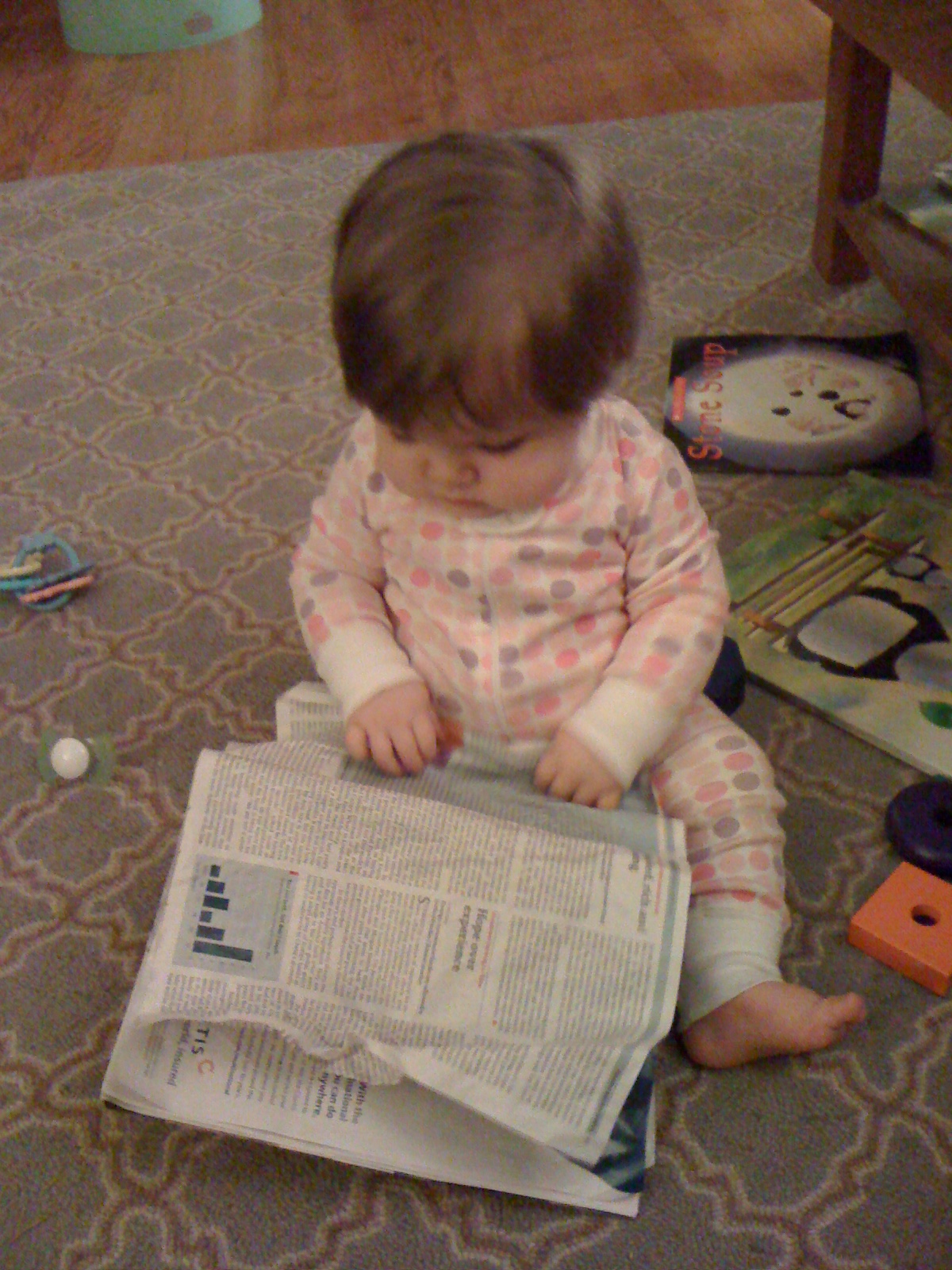It feels good to be reading for recreation again. Although, I’ve had trouble finding time to review the books I’ve read. I completed Michael Lewis’s classic “Liar’s Poker” earlier this summer and am just getting around to posting this.
If you liked the movie “Wall Street” or like reading about the greedy scum on Wall Street then you’ll definitely enjoy this read. Michael Lewis writes about his personal experience working for Salomon Brothers as a mortgage-backed bond salesman during the 1980’s. I think the book is even more interesting following the subprime mortgage crash that we recently all got to watch. Here are some excerpts & thoughts I want to remember:
*Volker’s Fed policy of the late ’70s & early ’80s led to an explosion of bond trading volumes which set the stage for Lehman Brothers to come to prominence.
*“One of the most remarkable things that happened in the 1980s was [the] sharp explosion of debt, way beyond any historical benchmark….is came about, I think, as a result of freeing the financial system, putting into being financial entrepreneurship and not putting into being adequate disciplines and safeguards. So that’s where we are.”
*”Wall Street brings together borrowers of money with lenders. Until the spring of 1978, when Salomon formed Wall Street’s first mortgage security department, the term borrower referred to large corporations and to….governments. It did not include homeowners….From the early 1930s legislators had created a portfolio of incentives for Americans to borrow money to buy their homes…Nudged by a friendly policy…loans grew, and the volume of outstanding mortgages swelled from $55 billion in 1950 to $700 billion in 1976. In January 1980 that figure became $1.2 trillion.”
*Describing the reason securitization of mortgages came to be: “Mortgages were not tradable pieces of paper; they were not bonds…A single home mortgage was a messy investment for Wall Street, which was used to dealing in bigger numbers. For the home mortgage to become a bond, it had to be depersonalized. At the very least, a mortgage had to be pooled with other mortgages of other homeowners.”
*The traders who profit from the sale of mortgage-backed securities were involved with the creation of Fannie & Freddie: [Salomon Brothers] “intended to transform [mortgages] into bonds as soon as possible by taking them for stamping to the US Government. Then they could sell the bonds…as, in effect, US Government bonds. For that purpose, partly as the result of [Salomon’s] persistent lobbying, two new facilities had sprung up in the federal government alongside Ginnie Mae (Fannie Mae & Freddie Mac). They guaranteed the mortgages that did not qualify for the Ginnie Mae stamp. (As a result) Defaulting homeowners became the government’s problem.”
*Creation of a CMO: “To create a CMO, one gathered hundreds of millions of dollars of ordinary mortgage bonds Ginnie Maes, Fannie Maes, and Freddie Macs. These bonds were placed in a trust. The trust paid a rate of interest to its owners… The (owners), however, were not all the same. Take a typical three-hundred-million-dollar CMO. It would be divided into three tranches, or slices of a hundred million dollars each. Investors in each tranch received interest payments. But the owners of the first tranch received all principal repayments from all the three-hundred-million dollars of mortgage bonds held in trust. Not until the first tranche holders were entirely paid off did second tranche investors receive any payments…”
*The creation of new mortgage-backed products (i.e. CMO’s, tranches, splitting principal and interest payments) was partly driven by the Savings & Loan Industry’s desire to acquire assets that they could stick “off-balance sheet” because regulators had yet to regulate the new product.
*Leverage: “…it is a wonder that more attention is not paid to the daily leveraging that occurs within investors’ portfolios. Say I wanted my customer to buy thirty million dollars’ worth of AT&T bonds. Even if he had no cash at his disposal, he could pledge that AT&T bonds as collateral and borrow the money from Salomon Brothers to buy the bonds. We were genuinely a full-service casino…”
*No one knows: “I spent much of my working life inventing logical lies…Most of the time when markets move, no one has any idea why. A man who can tell a good story can make a good living as a broker. It was the job of people like me to makeup reasons…..Heavy selling out of the Middle East was an old standby.”
*Rating agencies: “…the rating services, like most commercial banks, relied almost exclusively on the past… in rendering their opinions. The outcome of the analysis was determined by the procedure rather than by the analyst.”
*Page 218 does a pretty good job of summarizing the causes of the S&L crisis. Basically, S&L’s were in trouble and Congress gave them access to cheap money and loosened regulations so they could invest in junk bonds. We all know how that ended.
*A little wisdom to end the book: “He said that every decision he has forced himself to make because it was unexpected has been a good one. It was refreshing to hear a case for unpredictability in this age of careful planning.“



